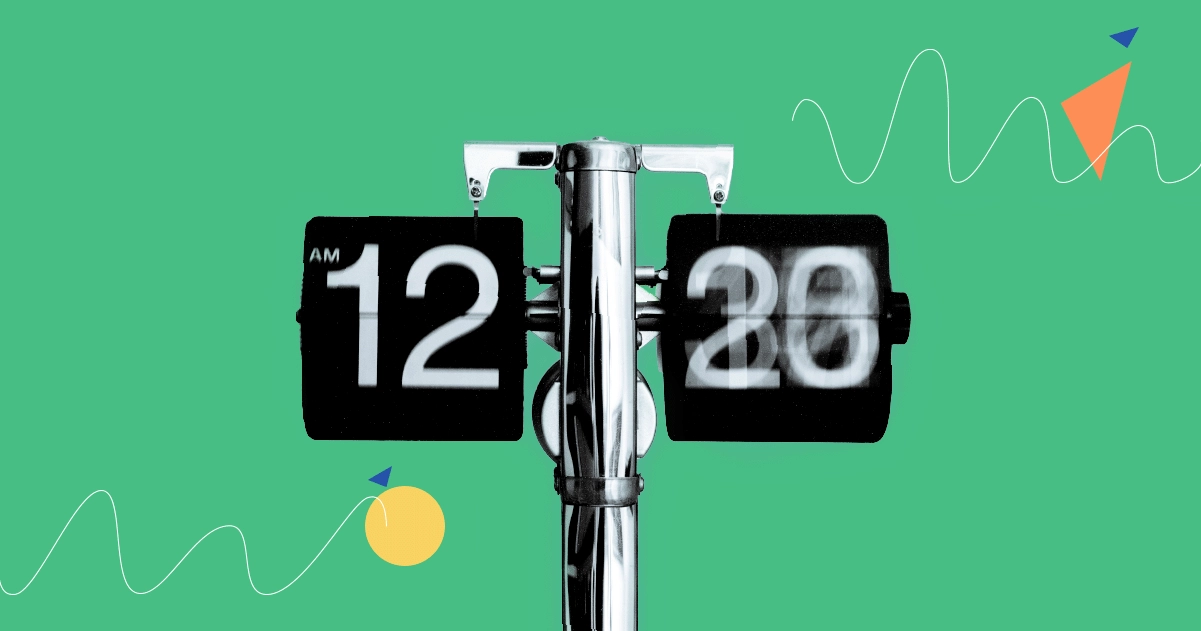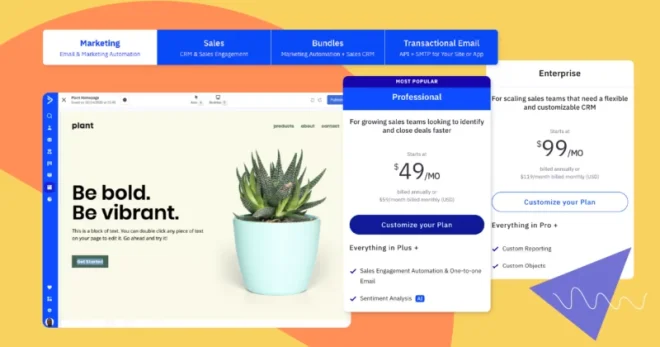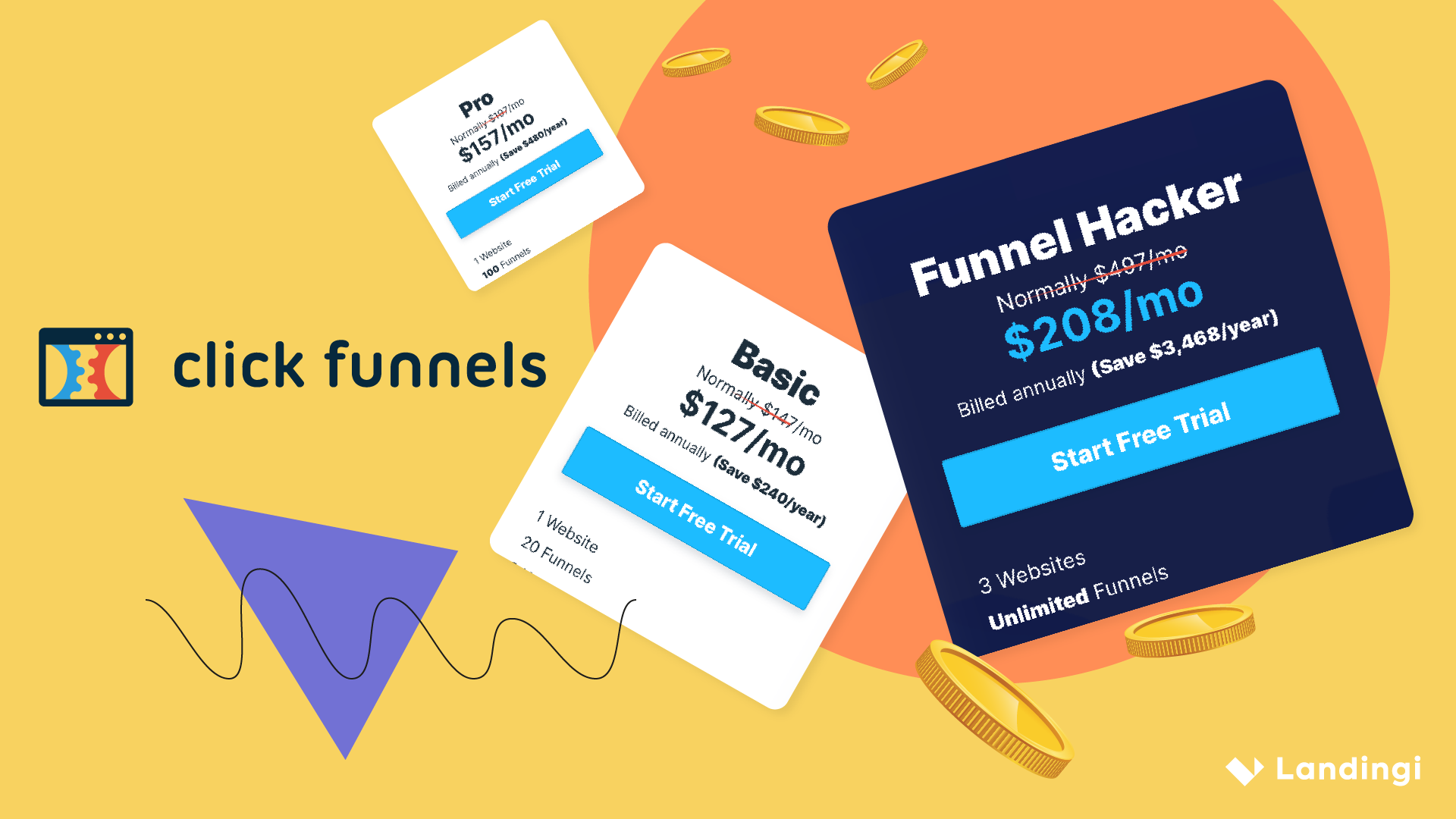Some say it’s like buying a pig in a poke. Others value that they’ll be the first to use a long-awaited product. And yet presale is a sales model that works – especially in specific industries, like event organization or video games. What are the reasons for organizing a presale? Is it always a good idea?
Why it’s worth trying
Proper pre-sale planning isn’t easy. You should really take your time to do it right. After all, it’s our – marketers and salesmen – job to show customers that pre-ordering is beneficial for them. If we manage to do that, we’ll find more than one reason to say “yes” to a product presale!
Make your sections smartable and let go of mundane manual tasks with Smart Sections! An easy way to manage bulk changes.
First: financial fluidity
A presale means money. Long story short: a producer gets payment before a product even comes out. Yes, it’s risky – unhappy customers can loudly express their dissatisfaction. Especially when their expectations were sky-high before. On the other hand, it’s pure profit, and if you’re sure that your product is good and will fulfill the promise you gave to your future customers, bad things shouldn’t happen.
Also, crowdfunding platforms show us that presales can give us the possibility to start production.
If you convince your future customers to pay you for an idea, then they may actually finance your product.
Second: supply and demand
Launching a pre-order lets you evaluate interest in your product. Keep in mind that a presale is just a fraction of the general sales, but this little part will tell you more than dozens of online surveys or user activity on your social media channels.
Third: bond with your clients.
CRM, which stands for Customer Relationship Management, is often underestimated by salesmen. Still, it’s a rather important part of our job. Direct your presale marketing campaign to loyal customers first. Inform them about additional content you offer or give them the opportunity to buy your product even before regular preorder stats. By doing so, you’re sending a signal: you are important. Such actions are being performed by artist’s fanclubs, for example.
Fourth: Bigger interest
If you run your presale campaign properly, then you can significantly boost interest on your product. Those who order before an official premiere should get a special offer, and this – if it’s really valuable – will help your users spread the word about it on their social media channels.
Fifth: versatility
Although in this article, I’m mainly referring to specific examples of pre-sales, an offer like this can be used in many different industries… and it can be a hit!
Dompress experts say without a doubt: “In most cases, the last apartment gets sold before we even finish the construction”. Pre-ordering before regular sale dates is a common practice in the auto industry, too. It mostly involves vehicles that are being premiered but are still not in their mass production stage.
In the most classic approach, a pre-sale involves collector’s editions – strictly limited (e.g. up to 500 pieces) releases filled with additional content. In that case, a customer has something to fight for because, together with a product, he is promised exclusivity. All we need to do is to make sure that this promise is fulfilled.
Pre-sale risk
Every element of a marketing and sales campaign, including pre-orders, is risky at some point for customers as well as for sellers. What should we keep in mind in particular?
- Too low a price in relation to costs – that’s not the case in producing smaller products, where pre-sales start a few weeks before regular distribution. But the housing industry, for example, is a completely different story. The costs of building a housing development are variable throughout the year. They depend on many different factors. The same thing goes for cars. If you sell them, you have to predict changes using your experience and knowledge of the market.
- Presenting features that don’t end up in a final product – this may lead to customer dissatisfaction. For some of them, the missing feature could be the key one. Try to show only things that can be implemented and that you’re 100% sure about.
- Regular sales cannibalization – sometimes a very successful pre-sale lowers the regular sales of other products because it catches most of the attention. This way you should plan your pre-order campaign in advance – it’s better not to have it coincide with other promotional actions.
How to communicate a pre-sale
According to a well-known rule, we’ve got to be cautious about information spreading. The word about the possibility of pre-order has to reach everyone interested. It doesn’t matter how many perfect WordPress landing pages we create if no one will ever know about them. How can we communicate a pre-sale to our customers and users?
- Build a landing page – it’s still the most popular way to advertise special offers – and there’s a reason for it. Start with a simple, well-designed landing page template, make necessary changes, and guide internet users directly to a current offer effectively, mainly due to a lack of distractors – ads, related posts, or suggestions. Landing pages should convert much better than an ordinary online shop subpage or a post in social media newsfeed. It’s an ideal place to use some tools to highlight your product or event’s importance and build up an interest in it. You can benefit – for example – from adding a counter widget to your landing page or managing your online campaign with a schedule.
Find landing pages for pre-sale and more
- Advertising banner – advertising space on industry websites isn’t cheap, but it offers the ability to reach many interested users in return. A banner ad should direct people to a landing page as mentioned before. This should be where users learn more about your product and where they can place an order.
- Social media – reminding people to promote their pre-sale on social media is like reminding them to take a toothbrush on vacation. Not to be Captain Obvious, but… anyone can be forgetful. Publish on every social media channel you’ve got your profile on, and remember to create different content for each – don’t duplicate! Also, keep in mind that pre-orders can (and should) be communicated on 24-hour stories (both on Facebook and Instagram).
- Video – a short film, video presentation, or trailer of a product will help your customers to make a decision if it’s worth it to trust your brand and order a product before release. Focus on the most important benefits, and pay attention to what you have to offer your pre-sale customers.
In many cases, product pre-sale is an idea that can bring tangible benefits for the seller and customers as well. Keep in mind that a good pre-order shows exactly what a client will get, competes in price with regular sales, and is properly promoted, both online and offline.
Get 111 Landing Page Examples—The Ultimate Guide for FREE
Pre-sale examples
Events
There are industries that don’t function without pre-sales. A concert organization, for example. In extreme cases, tickets for an event can (or have to!) be bought almost a year before day zero! That’s the story of Metallica’s Worldwired Tour – fans could buy their tickets eleven months before the concerts! Worth mentioning – every Metallica concert has a closed pre-sale for MetClub members before anyone else. It’s one of the key benefits for their fan clubbers.
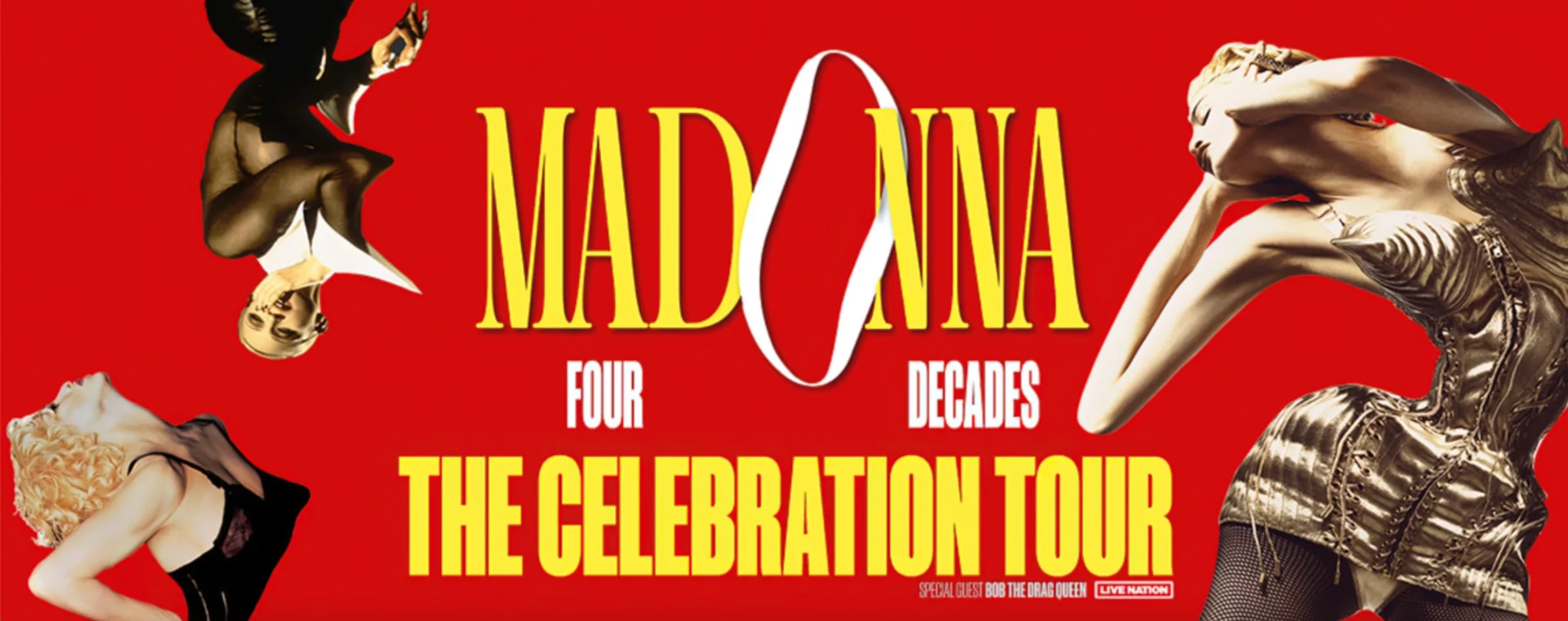
The main factor of pre-sale success is limited availability. Both customers and promoters know well that every concert has a finite number of seats and standing places. Usually, this number is too low, and there is a group of fans, who can’t get tickets for their favorite artist or sports team left behind. And it’s not only in the case of the biggest stars. Sometimes the lesser-known bands come to town to play in a smaller venue. If it gets sold out, it remains that way. Unless the gig is moved to a bigger place.
Video games and music
Other industries where the pre-sale model is successfully implemented are video games and music. In times of digital distribution and streaming services, there is no such thing as limited availability, which I’ve mentioned before. Quite the contrary! Games and music in the form of downloadable files are physically unlimited.
Of course, they are still being released in physical form, but it is becoming more a nod to conservative fans, used to collect their favorite artists and game studio releases. Anyway, customers have to get something – collectible gadgets, a discount for the next order, access before official release or other benefits – to thank them for their trust. Use and share such items on dedicated landing pages.
In the most classic approach, a pre-sale involves collector’s editions – strictly limited (e.g., up to 500 pieces) releases filled with additional content. In that case, a customer has something to fight for because, together with a product, he is promised exclusivity. All we need to do is to make sure that this promise is fulfilled.
How to use landing pages in pre-sales?
When it comes to pre-selling, landing pages are useful in a number of ways. Let’s check how they can support your business in this realm.
Pre-sell through sales page
Of course, a landing page is also a perfect place to sell your product, and pre-selling is not an exception here. It delivers some space to highlight your product values and educate potential customers on why they need a product or service of that kind and why they should choose just the one you offer. Clear answers to both “whys” vastly increase chances for monetary conversions.
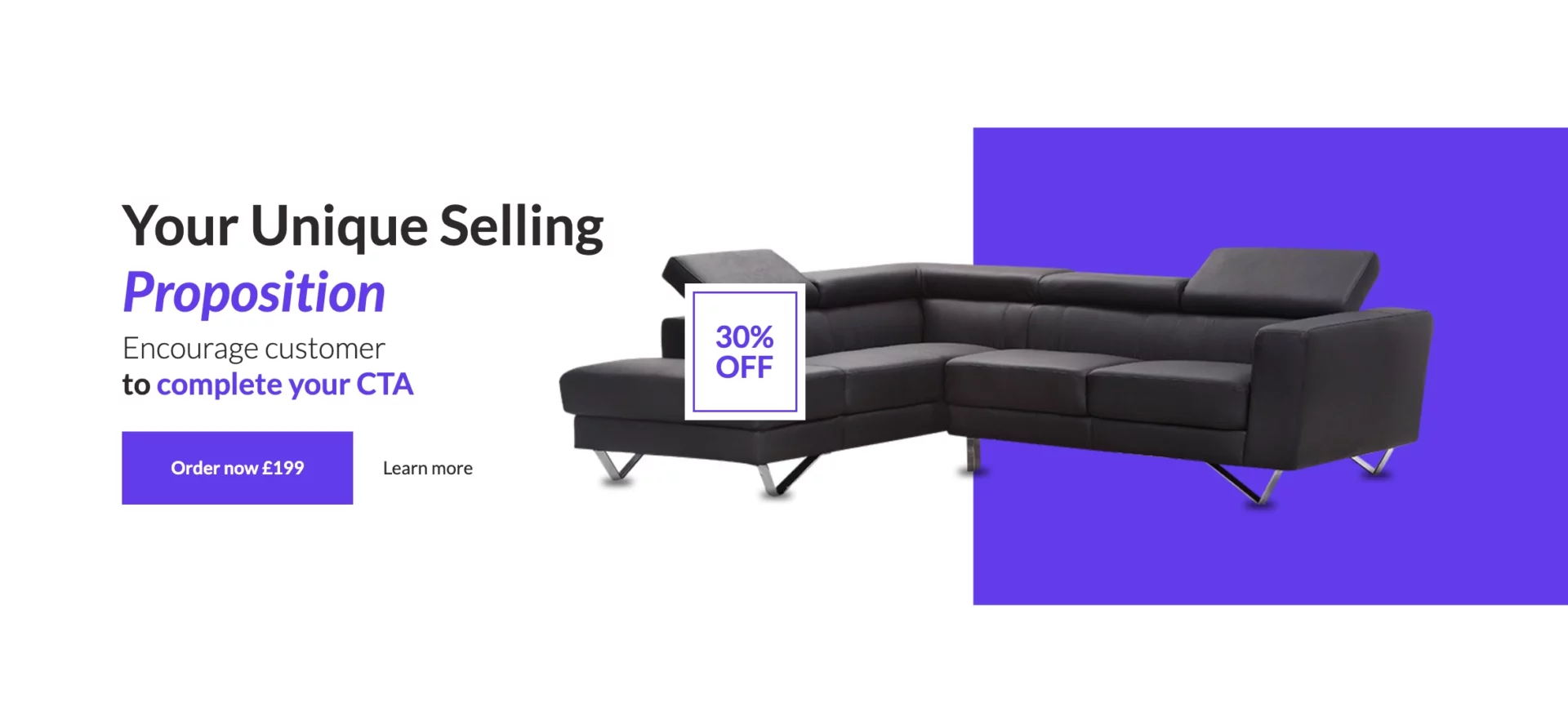
Check out here 25+ best sales landing page examples.
To enable users to finalize transactions, you may integrate your landing page with payment gateways like PayPal, Stripe, PayU, etc. Then, after clicking a buy button, a client will be redirected to safe and secure checkout operated by the selected company. Technically, the idea is pretty much the same as in traditional e-commerce stores.
Find out here how to start selling on landing pages created in Landingi.
Survey interest and gather leads with forms
Landing pages allow you to determine how large demand for a future product or service you can expect once you launch them on the market. For this goal, you can use forms. They allow you to gather e-mails from prospective customers who want to be notified once it goes live.
If someone makes an effort to complete the form, you may except he at least is interested in your product. Some users from that pool will probably be your future customers.
If the number of forms filled is not satisfying, you may consider reasons for that and then enhance the product accordingly to make it more valuable to your clients.
When a great stream of e-mails flows to your CRM, you may launch a pre-sale or – if the product is not ready yet – enable a pre-order option.

Learn more on how to capture leads on landing pages through forms.
Collect feedback
Let’s suppose that your team is working on the new software generation to be released in a few months. Time is passing relentlessly, and it is more than certain you’ll be unable to work out all the features included at a project stage. Which features to develop and which ones exclude?
It’s a smart idea to ask people who you’d like to reach with your product. Give them a chance to leave their comments in forms or vote on proposed solutions. They will feel a part of the creation process, and therefore it’s more possible that the final version of your product will meet their needs. This is also why it’s more probable to turn them into paying customers.
You may also offer them an extra discount or free resources as an additional incentive in case of pre-order: 25% less in price, individual support, unlimited updates – these are just a few examples.
Nurture potential clients with coming-soon page
If you haven’t yet released your pre-sales offers, it could be a good idea to communicate to the target audience earlier that you are about to do that. For this purpose, you may use a special type of landing page called a coming soon page. Let them wait for your product slowly emerging from the blend of pictures and pieces of information. Make them imagine how it could work and how they can benefit from using it. The same applies to services and – especially – events.
One efficient technique is to ignite interest with a countdown timer. It counts down in seconds, minutes, hours, and days to any date you set. In potential customers’ eyes, it shifts the launch moment further in time, so if they consider your product or service valuable, their hunger for it will steadily intensify. You may then feed their needs by offering a pre-order option. It’s always good to combine it with a special discount.
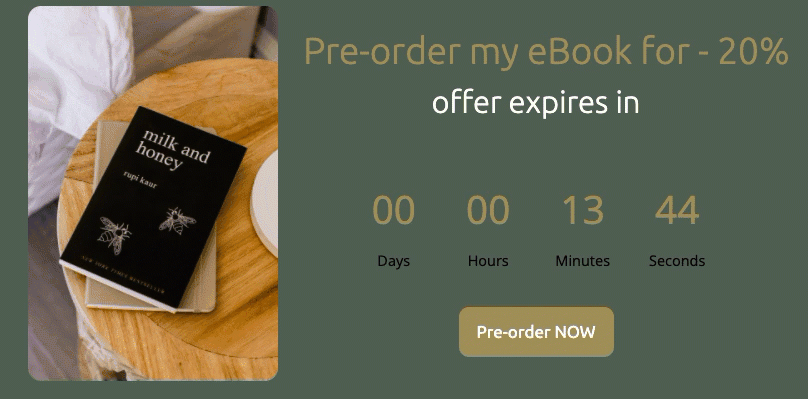
Build pre-sales landing pages with Landingi
If you are about to start building a pre-sale page, you may try Landingi editor, which has a bunch of features and tools dedicated to creating pages of that type.
Dive into hundreds of fully customizable and conversion-driven templates, including ones crafted specifically for sales pages and coming soon pages. Use a time counter to foster interest and external widgets to present your offer in the most appealing manner. In the meantime, a campaign scheduler will help you manage the time frame since it automatically starts and stops your campaign according to pre-set time values and redirects users to other sites once the campaign is over.
Of course, apart from that, at your disposal is a multitude of other functions, like Smart Sections and A/B testing, which are useful not only in building landing pages with ease but also in optimizing them to accomplish your business goals.
Finally, with Landingi’s Free Plan, you may try all of it yourself and build your first landing page at zero cost!

